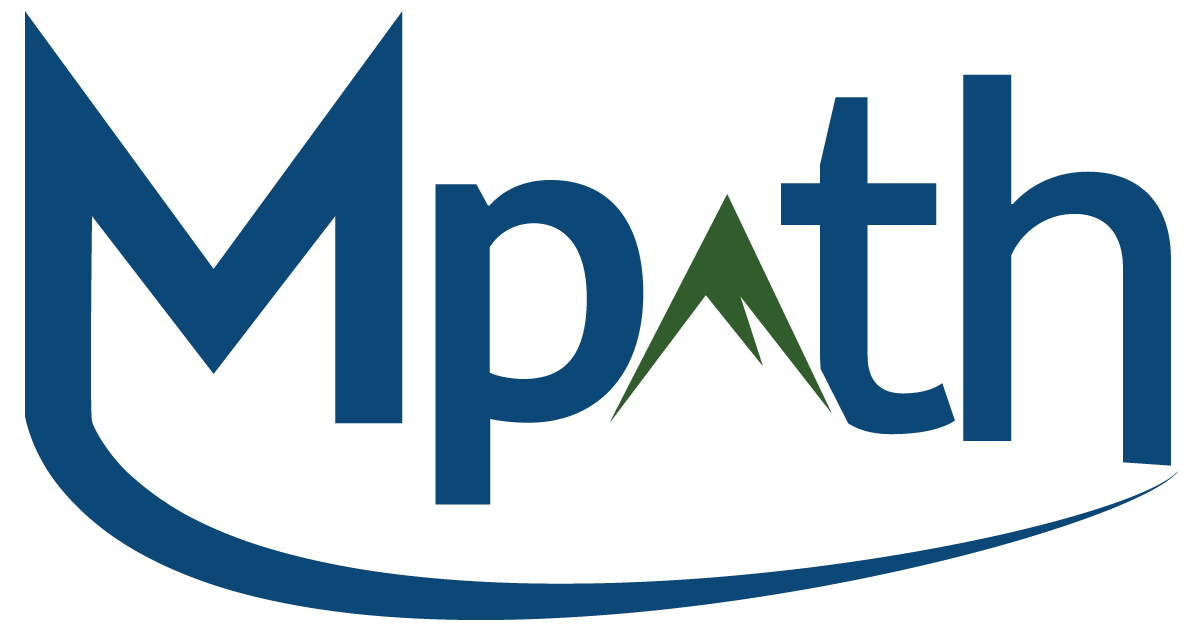Fidgeting and Reflexology
Have you ever seen a toddler sucking her thumb while using the other hand to pull on an earlobe in an effort to self-soothe? This is a fascinating example of how our everyday, often unconscious, postures and movements stimulate reflexology points. In the case of the toddler, pressure is being applied to head and brain reflexes in the thumb and earlobe. Some of the most common forms of fidgeting such as drumming your fingers, jiggling your legs up and down, shifting your weight from side to side, or tugging at your ears are also focused on central nervous system reflexes.
While fidgeting is commonly seen as anxious behavior, evidence of someone’s lack of attention, or even pathological, that may not always be the case. A 2013 article published in Frontiers in Psychology suggested that while people did begin to fidget more as time elapsed during a lecture, their ability to retain the lecture material also increased as they fidgeted. In other words, moving their bodies helped them focus on the information being presented.
Perhaps self-care reflexology could be seen as a more mindful, and less obtrusive form of fidgeting to help us sharpen our attention. Reflexology primarily focuses on points on the feet, hands, and ears that reflect maps of the entire body. It tends to be a very relaxing technique and it has been theorized that reflexology primarily works by activating the parasympathetic nervous system- the division of the autonomic nervous system that helps us rest, digest food, and respond to our environments in lower stress situations. (The other division is the sympathetic nervous system which is responsible for fight, flight, or freeze reactions.)
While there are many variations of reflexology maps, most show head and brain reflexes located on the earlobes, fingers, and the toes. Reflexology techniques include alternating pressure, sustained pressure, or rotation on a reflex point. However, these points are still being stimulated by any form of touch for pressure.
Here is a fun experiment: Next time you find yourself clicking a pen, wrapping your hair around your finger, or tapping your toes on the ground, try to pay attention to your actions. Is this a nervous behavior, one that is helping you to focus, or possibly both? Does moving your body help you concentrate? Could you be more targeted in your approach? For example, if you are clicking your pen, you could try using one hand to apply pressure to each finger on the other hand, and then switch sides. If you are tapping your toes, try directing more steady pressure towards the big toes. Is there a difference between this and your regular fidgeting routine?
Be well on your path… and keep your body in motion!
